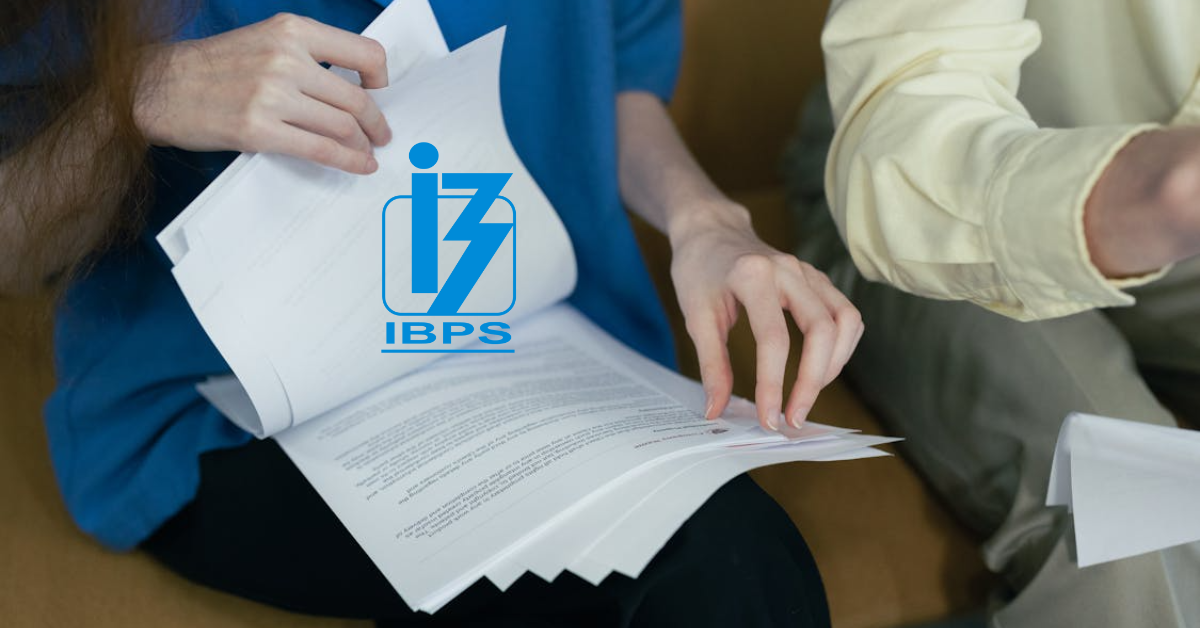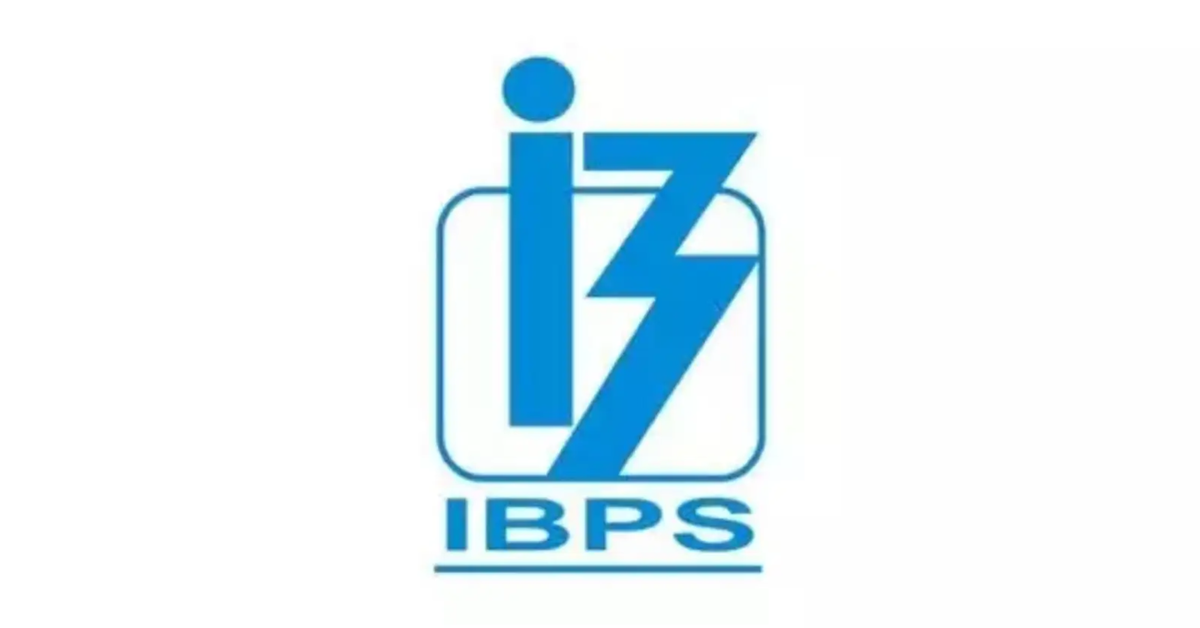PCO Full Form
PCO stands for “Public Call Office”. It was a term used in the context of public telecommunication services, primarily in the days before the widespread availability of personal telephones and mobile devices. A PCO was a place where people could make public calls using telephones provided at the facility. In this article, we will unveil the full form of PCO, and explore its significance, evolution, and how it played a crucial role in providing access to telephone services.
PCO Full Form in Hindi
PCO का मतलब “सार्वजनिक कॉल कार्यालय” है। यह सार्वजनिक दूरसंचार सेवाओं के संदर्भ में इस्तेमाल किया जाने वाला शब्द था, मुख्य रूप से व्यक्तिगत टेलीफोन और मोबाइल उपकरणों की व्यापक उपलब्धता से पहले के दिनों में।
Understanding the Significance of PCO
The significance of Public Call Offices in their prime was closely tied to the following factors:
- Public Access to Phones: PCOs provided a means for people who did not have telephones in their homes to make telephone calls. This was particularly important in regions where personal telephones were not widespread.
- Communication for All: PCOs played a pivotal role in ensuring that everyone had access to telecommunication services, regardless of their individual phone ownership.
- Connectivity: PCOs facilitated communication between individuals, families, and businesses, enabling people to stay in touch and conduct important conversations.
- Emergency Calls: In cases of emergencies, PCOs provide a lifeline for individuals to reach out to authorities, medical services, or loved ones.
The Evolution of PCOs
The concept of PCOs has evolved significantly over the years, reflecting changes in technology and communication. Here’s how PCOs have transformed:
- Traditional PCOs: In the past, PCOs were physical locations with rows of telephones and operators to assist users in making calls. These PCOs were commonly found in post offices, train stations, and other public places.
- Phone Booths: PCOs also evolved into phone booths, which were standalone structures that housed a telephone for public use. Phone booths were widespread in urban and rural areas, and people would use coins or tokens to make calls.
- Internet Cafes and Public Calling Centers: With the advent of the Internet and mobile phones, traditional PCOs started to decline. However, public calling services persisted in the form of Internet cafes and call centers, where individuals could access computers and make international calls.
- Mobile Phone Revolution: The proliferation of mobile phones and widespread personal phone ownership greatly reduced the need for public calling services. People could now make calls and send messages from their mobile devices.
Significance of PCOs in Developing Countries
While PCOs have largely faded into history in many developed countries, they still hold significance in certain developing nations where personal phone ownership and network infrastructure may not be as widespread. In these regions, PCOs and public calling services continue to provide essential communication links, especially for individuals who do not own mobile phones or have access to a landline.
Challenges and Advancements in Public Communication
The decline of traditional PCOs and the rise of personal telecommunication devices have posed several challenges and led to advancements in public communication:
- Accessibility: Ensuring that communication services are accessible to all remains a challenge, particularly in remote and underserved areas. Advances in mobile network expansion and affordable mobile devices are addressing this issue.
- Affordability: Making communication services affordable for everyone, including those with limited financial means, continues to be a challenge. Initiatives like subsidized calling services and community telephone facilities are helping bridge this gap.
- Digital Divide: The digital divide, where some individuals have access to advanced communication technology while others do not, remains a challenge. Efforts to close this gap include providing internet access in public places and affordable smartphones.
Conclusion – PCO Full Form
In conclusion, PCO, with its full form being “Public Call Office,” was an essential part of the history of telecommunication services. PCOs played a crucial role in providing public access to telephones, enabling communication for all, connecting people, and offering a means to make emergency calls. While the traditional PCOs of the past have largely faded away in many developed countries due to the prevalence of personal telecommunication devices, they continue to hold significance in certain developing regions. Challenges related to accessibility, affordability, and the digital divide persist in the realm of public communication. Advancements in technology and initiatives to address these challenges are helping to ensure that communication services remain accessible to all, regardless of their location or economic circumstances.
- IBPS AFO Bank Wise Vacancy 2025 Out, Check Complete List
- SSC JE Previous Year Question Papers, Download the Free PDF
- IBPS AFO Bank Preference List 2025, Get Participating Banks List
- IBPS AFO Documents Required for Interview 2025, Complete List
- IBPS AFO Books 2025, Check Complete List of IBPS AFO Books
- IBPS AFO Full Form, Know Everything on AFO Full Form
PCO Full Form – FAQs
Ans. PCO stands for “Public Call Office.”
Ans. PCO का मतलब “सार्वजनिक कॉल कार्यालय” है।

Hello, I’m Aditi, the creative mind behind the words at Oliveboard. As a content writer specializing in state-level exams, my mission is to unravel the complexities of exam information, ensuring aspiring candidates find clarity and confidence. Having walked the path of an aspirant myself, I bring a unique perspective to my work, crafting accessible content on Exam Notifications, Admit Cards, and Results.
At Oliveboard, I play a crucial role in empowering candidates throughout their exam journey. My dedication lies in making the seemingly daunting process not only understandable but also rewarding. Join me as I break down barriers in exam preparation, providing timely insights and valuable resources. Let’s navigate the path to success together, one well-informed step at a time.






